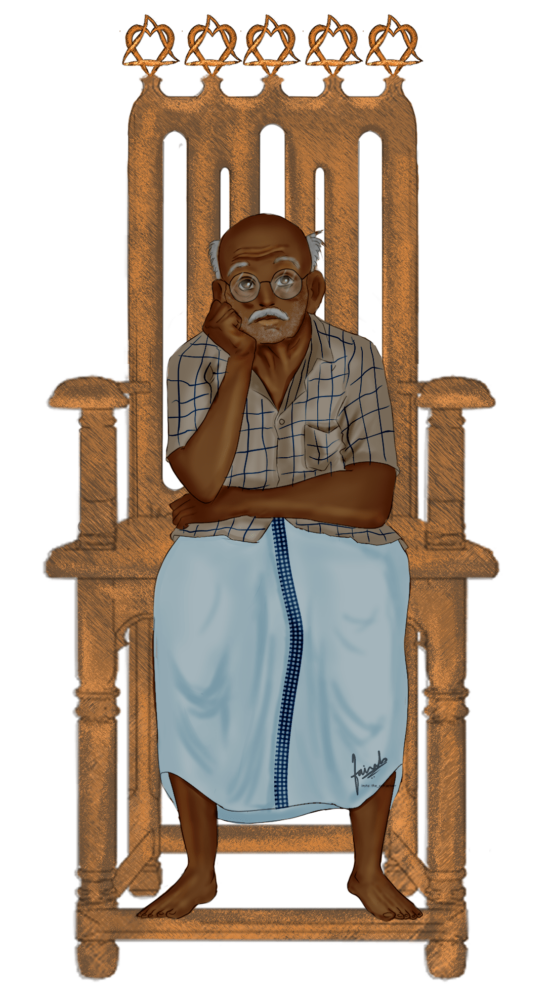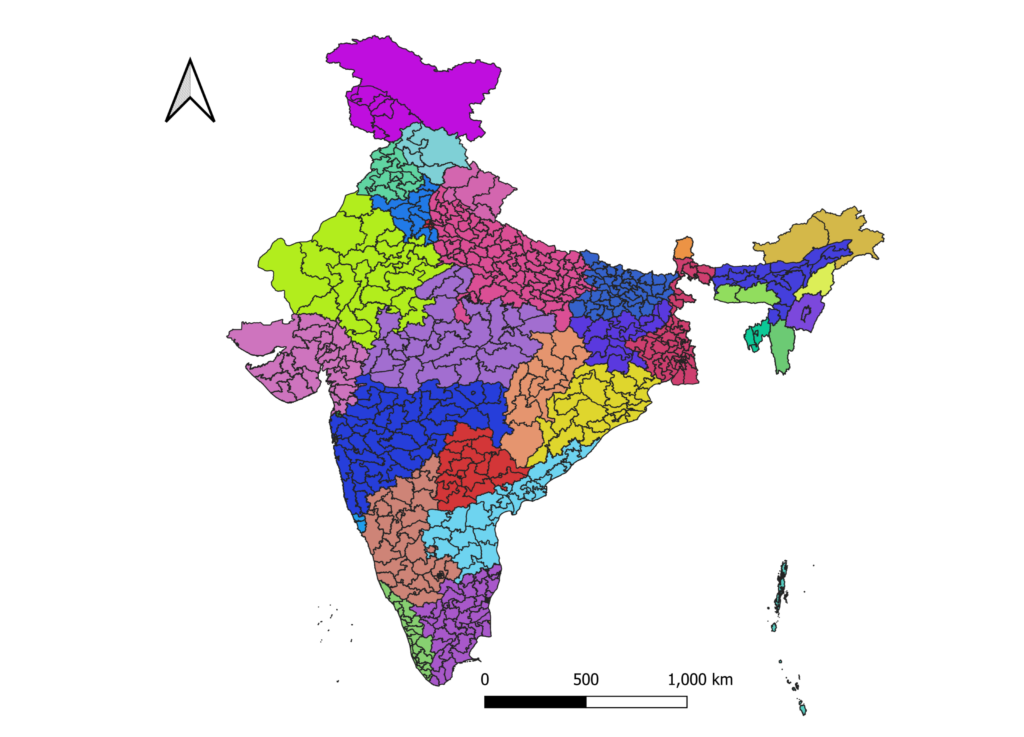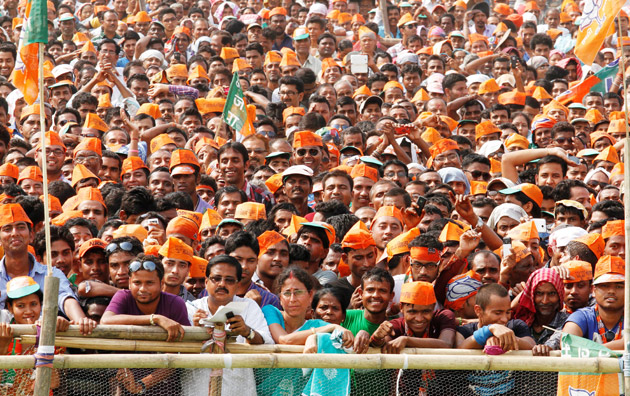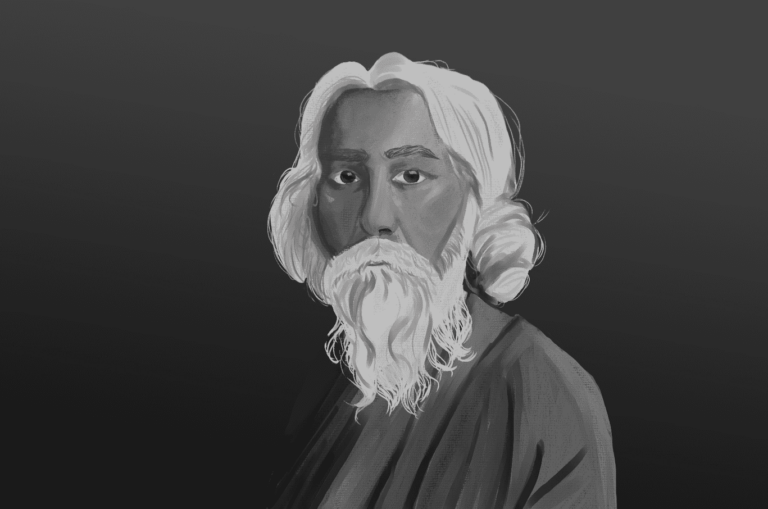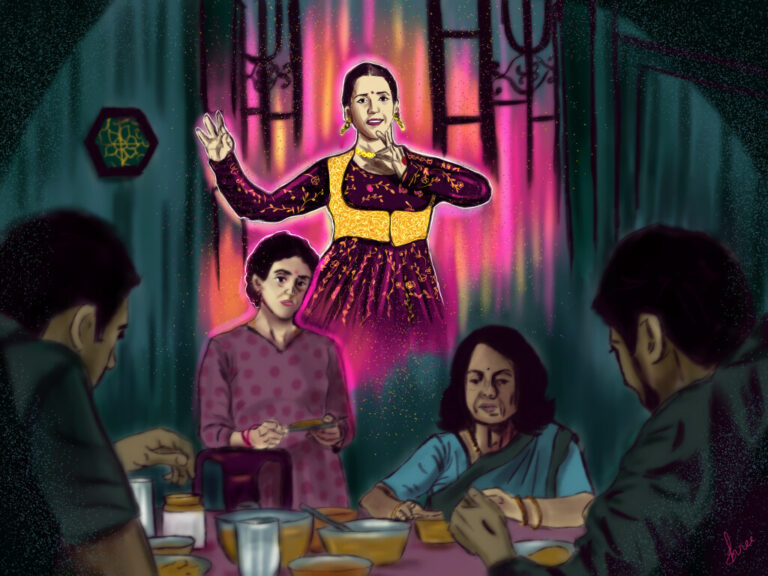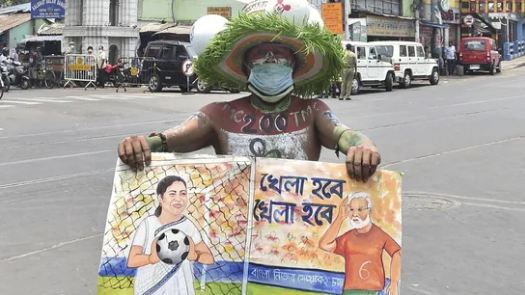Delimitation: India’s federal fissures or ‘One person one vote’?
Abhirup Roy is an undergraduate student of Political Science at St. Xavier’s College (Autonomous), Kolkata, with interests in International Relations and global power politics. A Sub-Editor with the Electoral Literacy Club, he persistently interrogates India’s federal spirit, approaches Political Science as a living discipline, and finds twin elixirs in politics and Indian classical music.
“Sword known as delimitation (is) hanging above the heads of southern states”
M.K. Stalin (Chief Minister, Tamil Nadu)
Conspicuous is the discomfort that the Southern States share today over a plausible ‘Hindi-Hindu’ domination as India nears a possible Delimitation after the 2026 Census. However, delimitation is not just any arbitrary or even an alien practice. It has a considerable history of its own. The first Delimitation Commission was formed under the imprimatur of the Delimitation Act, 1952. Then, why is there such an outlandish amount of political speculation on what stands to be a regular constitutional practice?
This point of contention dates back to 1976, a period infamously known as the phase of ‘Population Explosion in India’. This was when the Union Legislature under the 42nd Amendment Act suspended the process of Delimitation with a substantial rationale of protecting the political representation of States with a lower population-growth rate and thereby limiting any undue advantage to States where population graphs did not plummet due to dilatory family planning initiatives. Nevertheless, this legislation further exacerbated the situation as the disparities in voter-representative ratios grew significantly, putting a veil of uncertainty over the principle of ‘one vote one value’.This issue has witnessed a fairly nuanced development over the years. Initially, the freeze on Delimitation was sanctioned until the 2001 Census. However, the then NDA government, with Atal Bihari Vajpayee at the helm of affairs, extended it further until 2026 through the 84th Amendment Act. What an irony it is that a freeze intended to ensure equity may now perpetuate injustice – punishing success and rewarding failure.
Et Tu Brute: Sterilisation of Trust
Following table gives state wise details of how fertility rates have reduced year on year (mentioned in brackets) and overall between 1971 and 2020.
| State/India | 1971 | 1981 | 1991 | 2001 | 2011 | 2020 | % Decline (1971–2020) |
|---|---|---|---|---|---|---|---|
| India | 5.2 | 4.6 (11.54) | 3.6 (21.74) | 3.1 (13.89) | 2.4 (22.58) | 2.0 (16.67) | 61.54% |
| Kerala | 4.1 | 2.8 (31.71) | 1.8 (35.71) | 1.8 (0.00) | 1.8 (0.00) | 1.5 (16.67) | 63.41% |
| Tamil Nadu | 3.9 | 3.4 (12.82) | 2.2 (35.29) | 2.0 (9.09) | 1.7 (15.00) | 1.4 (17.65) | 64.10% |
| Karnataka | 4.4 | 3.6 (18.18) | 3.1 (13.89) | 2.4 (22.58) | 1.9 (20.83) | 1.6 (15.79) | 63.64% |
| Andhra Pradesh | 4.6 | 4.0 (13.04) | 3.0 (25.00) | 2.3 (23.33) | 1.8 (21.74) | 1.5 (16.67) | 67.39% |
| Maharashtra | 4.6 | 3.6 (21.74) | 3.0 (16.67) | 2.4 (20.00) | 1.8 (25.00) | 1.5 (16.67) | 67.39% |
| Madhya Pradesh | 5.6 | 5.2 (7.14) | 4.6 (11.54) | 3.9 (15.22) | 3.1 (20.51) | 2.6 (16.13) | 53.57% |
| Uttar Pradesh | 6.6 | 5.8 (12.12) | 5.1 (12.07) | 4.5 (11.76) | 3.4 (24.44) | 2.7 (20.59) | 59.09% |
| Rajasthan | NA | 5.2 | 4.6 (11.54) | 4.0 (13.04) | 3.0 (25.00) | 2.4 (20.00) | 53.85% |
| Punjab | 5.2 | 4.0 (23.08) | 3.1 (22.50) | 2.4 (22.58) | 1.8 (25.00) | 1.5 (16.67) | 71.15% |
| Odisha | 4.7 | 4.3 (8.51) | 3.3 (23.26) | 2.6 (21.21) | 2.5 (3.85) | 1.8 (28.00) | 61.70% |
| Assam | 5.7 | 4.1 (28.07) | 3.5 (14.63) | 3.0 (14.29) | 2.4 (20.00) | 2.1 (12.50) | 63.16% |
| Bihar | NA | 5.7 | 4.4 (22.81) | 4.4 (0.00) | 3.6 (18.18) | 3.0 (16.67) | 47.37% |
| Gujarat | 5.6 | 4.3 (23.21) | 3.1 (27.91) | 2.9 (6.45) | 2.4 (17.24) | 2.0 (16.67) | 64.29% |
Putting aside these often-unpleasant disciplinary jargons, something that is gleamingly obvious is a stark disparity between the implementation of family planning or population control policies in the ‘North’ and the ‘South’ respectively. There should be considerable rumination on the figures and graphs related to demographic changes, published by scholars and authorities. The tabular illustration make it very clear that there were prominent lacunae in the implementation of policies to curb population surge in the Northern States.
Now, something that follows a ‘What?’ concomitantly, is a ‘Why?’ It is here where we address our title, which otherwise might sound pretty anomalous. It is undeniable that ‘Trust’ stands as the foundation of any policy measure and that it ensures the success of any ‘Policy’; that is to say, it brings the ‘Government’ and the ‘Citizenry’ in tune, something that vividly failed in this case.
An article from the BBC recounts the haunting 1976 story, of a man ‘Khandu Genu Kamble’, a sanitation worker, who underwent a startling ordeal, an involuntary vasectomy, to protect his job. One can easily discern the bitter helplessness as Mr. Kamble remarks, “All they wanted were men. Any man.” (The Indian Express, 2015).
Further, in October 1976, 25 people protesting coercive sterilisation were gunned down by police in Uttar Pradesh (The Hindu, 2024). The exercise of these forced sterilisations under the aggressive population control policies were spearheaded by Sanjay Gandhi and the fact that these were not well received by the masses could be gauged by the resonating electoral defeat of the Congress.
Contrary to the plans of population control, policies furthered insecurity in the masses and entrenched deep distrust against the administration. Appalling is the fact that the government’s disregard for citizens and their autonomy was not limited to the period of the Emergency. As recently as in 2014, in a government camp at Bilaspur, Chhattisgarh, 15 women lost their lives due to the alarmingly unsafe methods of sterilisations (BBC, 2014). It was reported that around 60 women were treated using the very same medical gear and instruments. BBC interviewed a woman named Anjani who recalled her dead sister Rekha, a victim of such grotesque insincerity.Meanwhile, in absolute contrast, stand the Southern States, with their voluntary and rights-based family planning approaches, discounting even the subtlest degree of coercion. Kerala’s ‘Ernakulam Model’ stands as a testament to successful population control drives. What is notable in this piece of argumentation is that the core of South’s population control had ‘confidence building’ as its foundation which the North lacked woefully.
Women – Devis as scapegoats?
As far as sterilisations in India are concerned one must consider the gender equity observed in doing so. While it is well accepted that men were targeted and hounded like fugitives during the Emergency, a broader lens of time reveals – and dare one note – that the women of this nation have been over-burdened with the onus of sterilisation. This argument can be well substantiated using the following chart.
‘Men’s Participation in Family Planning & Reproductive Health’
Striking are its figures where 82.7% of modern contraceptive methods are used only by women where a Brobdingnagian 67.1% share is of female sterilisation (Population Foundation of India, n.d.). The question here will be: ‘Why should the women population pull the weight of population control & family planning alone?’ However, this isn’t the only way in which women have been overburdened.
Another parameter, which is essential to regulate a population surge, is education. In this case, one must never forget to celebrate the accolades that the Southern States have achieved. As Poonam Muttreja (executive director of the Population Foundation of India) once said – “Education is the best contraceptive pill”. As far as education is concerned, the benchmarks set by the southern states appear nearly unachievable to the northern portion of the nation. Kerala, exempli gratia, has a high female literacy rate (95.2) (NSO, 2021). Such levels of education have delayed marriage and increased use of contraceptives in the South. These achievements stitched with a good healthcare system and trust building mechanisms (ASHAs) have led to a resounding victory of these states when it comes to population regulation.
Meanwhile, in the North, low literacy rates, lack of infrastructure, social constraints, obsolete patriarchal establishments led to a dilatory and a stifling family planning programme. Some believe that sterilisations would cost a man his virility but pushing the women into such camps alone, won’t. One must admit the irony here, for these are some of those villages where women are worshipped as Devis(?).
These disparities between the North and the South have now steered the Nation towards a question of ‘Now What?’, especially when the government has announced the dates of a 2-Phase census (starting on 1st October, 2026) presumably followed by a Delimitation (The Times of India, 2025).
An ununion of states?
After an intense rumination on ‘what went wrong’, what apparently awaits us is the larger question of ‘What might go wrong?’. On the one hand, we have the Southern States, videlicet, Kerala, Tamil Nadu, Karnataka, etc. with shining success as far as population control and family planning is concerned whereas on the other hand, we have the Northern States with fairly high amounts of fertility rates and masses deprived of proper medical infrastructure whereas their governments are busy building Expressways and Airports and even revamping kingpins of the spiritual grid.
But this demographic imbalance might strike a note of discord in a rather harmonious federal setup. Leaders like M.K. Stalin (CM, Tamil Nadu) have been vociferously claiming the delimitation of being a conspiracy to silence the voice of the southern states. This fact deserves popular attention, as the 5 southern states of India jointly form 30% of India’s GDP with Bengaluru as India’s tech capital (Jain, 2025). Nonetheless, with lower weight of population, scarce will be the political representation, which might lead to an alarming federal imbalance with lesser allotment of funds and lower policy focus, let alone cultural influence.
To which, what Revanth Reddy (CM, Telangana) had to offer is
Population size alone cannot be the metric to conduct delimitation
Revanth Reddy
As an argument, the New Parliament Complex has a Lower House with a maximum of 888 seats which is impressive but not when the majority of it is to be occupied by the Northern region. And especially when in a quasi-federation like India, it is strikingly iniquitous. This may create severe resentment and an eventual fulmination if not addressed timely, endangering the long cherished – ‘Unity in Diversity’. However, the Minister of Home Affairs, Mr. Amit Shah has made it clear that no states will witness any reduction of seats but such a commitment has been refuted by Chief Minister Siddaramaiah (Karnataka) as – ‘Not Credible’(Jain, 2025). Such distrust of the federal administration is vividly fatal to the greater health of the federation.
The Cartographer’s Predicament
One must never forget that the very pursuit of Delimitation is to serve representative justice in the federal circuit. But, if not wielded wisely enough, it may end up being mere cat’s-paw, used to further majoritarian interest. Therefore, what remains to be seen is whether the impending delimitation will correct these historical disparities or entrench them further under the guise of constitutionality.
‘What harmony remains when the chorus is drowned by the loudest drums?’

